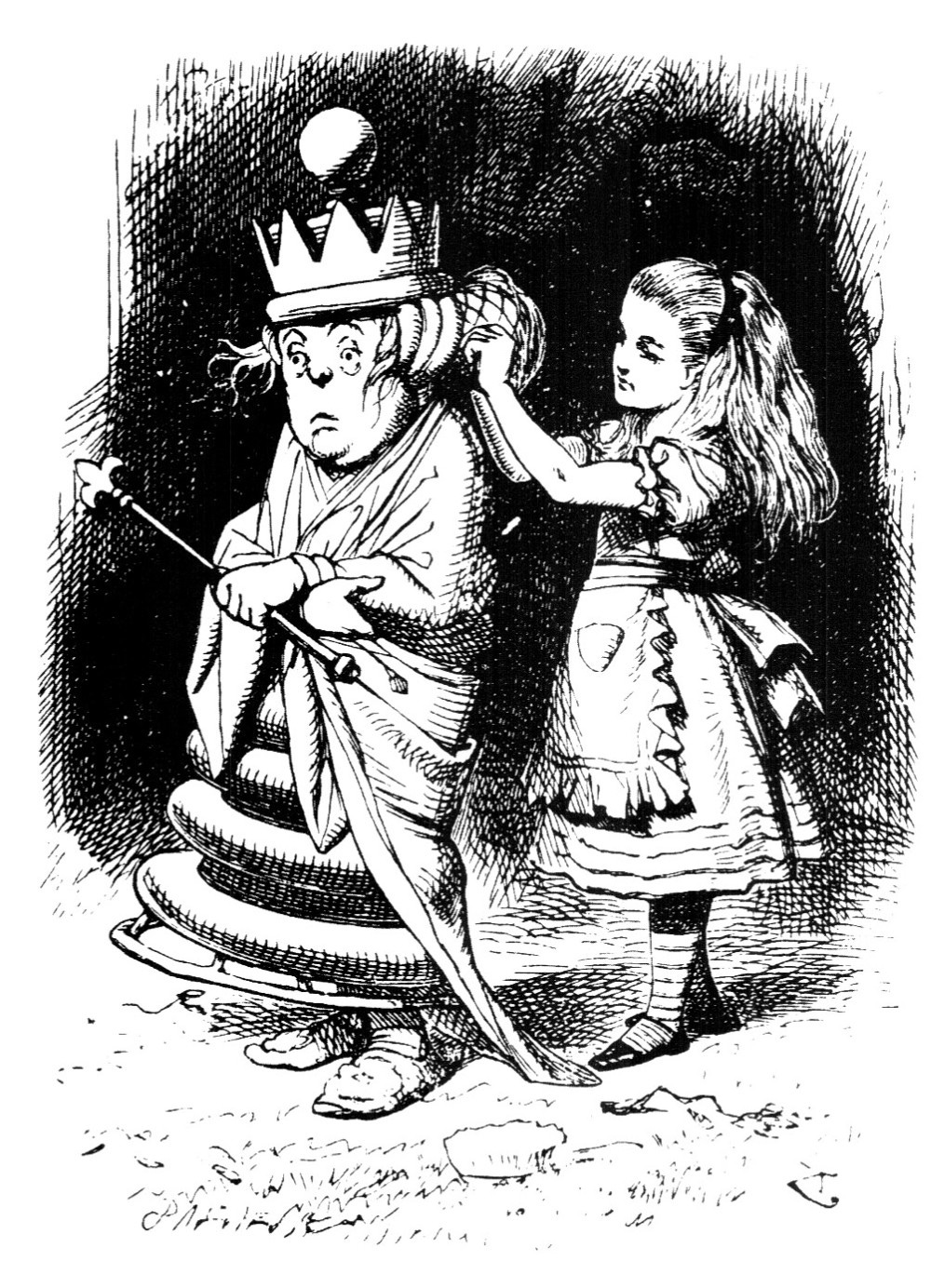Through The Looking-Glass EXPLAINED (Foreword)
A children's fairytale with adult implications.
In The Beginning
Through The Looking Glass begins with Alice as a White Pawn. It is Alice's dream to become a White Queen, but it won't be easy. It won't be easy because everything is backwards and upside down at the bottom of the Rabbit Hole.
As popular as Alice in Wonderland is, it's sequel - Through The Looking Glass And What Alice Found There - is perhaps Lewis Carroll's most profound work. It is a comedy, a tragedy, a philosophy, and a source of inspiration for Nobel-prize winning inventions, all at the same time.
Strokes of Genius
Albert Einstein admitted to having the happiest thought of his life when he concluded that two seemingly contradictory states could be present simultaneously: motion and rest. This realization led to the development of his revolutionary general theory of relativity.
Warren Buffett once said that as an investor, it is wise to be “Fearful when others are greedy and greedy when others are fearful.”
Jack Bogle, an acquaintance of Buffet, came to the $4.3 Trillion Dollar Janusian Conclusion that investing in the market was better than actively managing your portfolio.
Clearly, we live in an upside down, backwards and seemingly-contradictory world.
The Worship of Janus
Janus was the Ancient Roman God of god of beginnings, gates, transitions, time, duality, doorways, passages, and endings. Janusian Thinking is the ability to think in contradictory terms - black white, up down, beginning end, or as Einstein thought, motion and rest. Naturally, thinking in opposites, polarities, and contradictions at the same time can be quite difficult for a child, let alone an adult.
The Connection between Harry Potter and Lewis Carroll
If you've seen Harry Potter or The Golden Compass, you'll recognize Christ Church of Oxford University. What most people don't know about Alice in Wonderland is that the author, Lewis Carroll, was a lifelong Lecturer in Mathematics at Christ Church of Oxford for 26 years between 1855 and 1881.
Author Lewis Carroll is most famously known for his timeless fantasy, Alice in Wonderland. Some say Alice in Wonderland is the most quoted book of all time.
The genius of Through The Looking Glass and it's connection with the Nobel Prize can be found in Lewis Carroll's ability to endow his fantasies with Janusian Thinking.
Janusian Thinking
Albert Rothenberg, Professor of Psychiatry at Harvard Medical School, showed that Janusian Thinking is precisely the kind of thinking technique that has produced more Nobel Peace Prize-winning inventions than any other cognitive technique known to mankind.
Here's an example of Janusian Thinking: Instead of asking How can we increase employee morale? Ask instead, "If employee morale was great, how could we make employee morale worse? How could we make our infrastructure more vulnerable to attack? How could we elect a French Teacher to be our Prime Minister?
Specifically, Rothenberg and his colleagues found that creative people think in terms of opposites more often than non-creatives.
Through The Looking-Glass EXPLAINED uncovers the hidden algorithms that underlie Lewis Carroll’s greatest work. Along the way, you’ll learn how you can go from a Pawn to a Queen, just like Alice does.




